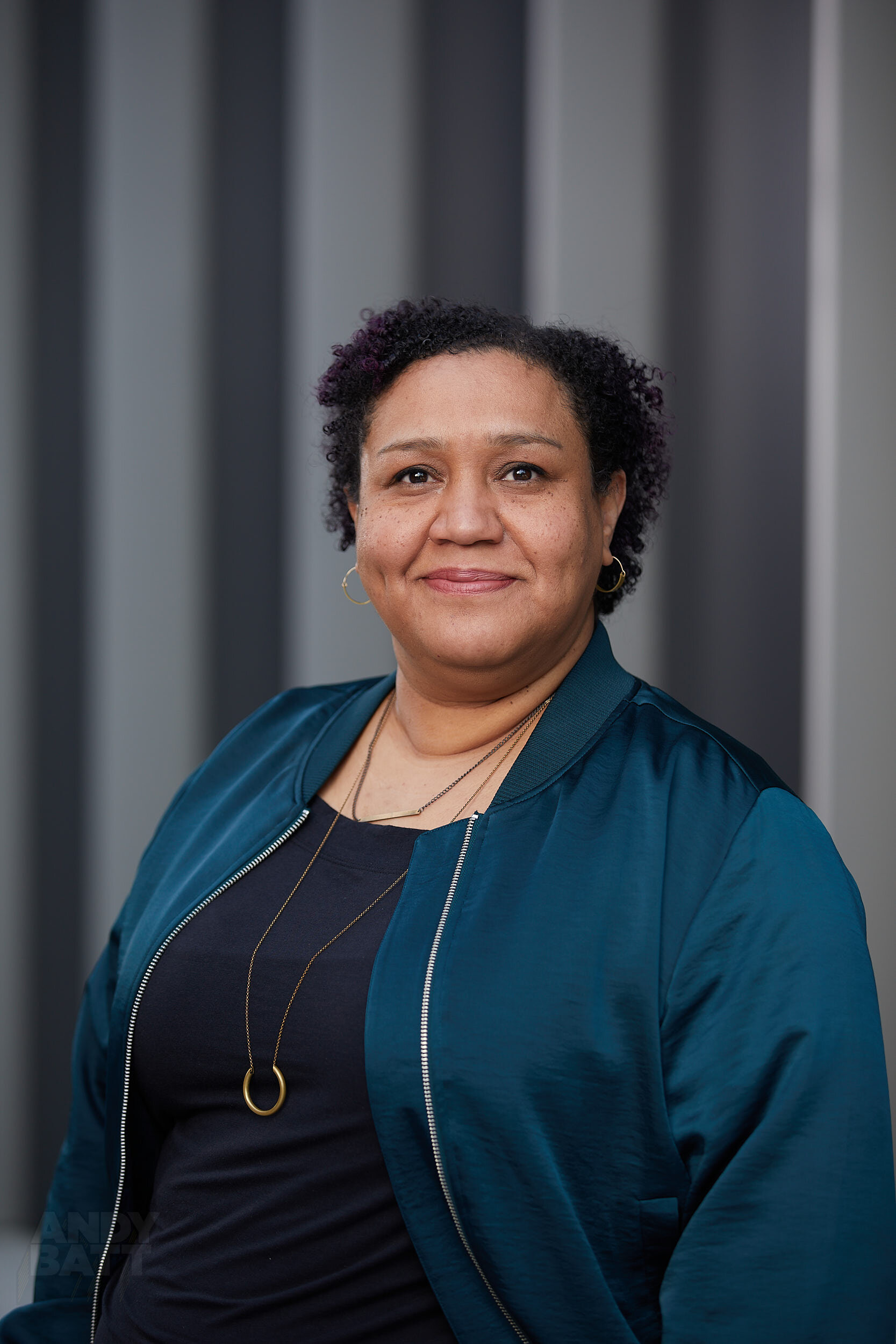Heather Wilson
AIAO EVP/CEO
It’s not very easy to plot a path from A to Z. Contrary to what the linear nature of that phrase suggests, the path is so curly you can’t see straight. Anyone with a few years of adult life under their belt will tell you that the Heard it through the Grapevine lyrics are true: “people say believe half of what you see….and none of what you hear.” That doesn’t make for easy ways to the solutions of complex problems. And it doesn’t matter how you feel about that.
There are a lot of people who make a lot of money to help people figure out how to get from A to Z; one of my favorite “gurus” is currently Brene Brown; I also love listening to “Revisionist History” with Malcolm Gladwell; and in person, no one beats Patty Dobrowolski at Up Your Creative Genius. I rely on my personal coach, Tamara Williams Van Horn, and I call on family and friends as needed. You learn to stock your toolbox if you stay on that purpose-driven journey.
My grandmother was a hard-tack woman who stood nearly 6’2” tall. She had beautiful but severe features that I assumed came from giving birth to nine children, spending some time in an insane asylum, and being a black woman charged with feeding, clothing, and housing those nine children to reasonable independence. I learned that lesson about building a toolbox from her. She told me the most important tool to carry was gratitude. That it would be the source of my resilience.
I may have already said this: I remain encouraged by the stories of our history that remind me that those who came before me did more, with less, and were more grateful for the results.
This is how I come by the tactic of how to take a next step in anything difficult: Breathe – get grateful for your last glimpse of the world as you blink, and then get active as your eyes open again and you are gifted with another moment. It’s that complex and that simple. It’s a cycle and a lifestyle. It’s a way of being that invites waves of gratitude into each moment to prepare you for the next. It is maybe uncomfortable as a concept as first, but then very reassuring as a practice in the moment.
And make no mistake – we are in the middle of so many moments. We are working on so many complex issues. Diversity, Inclusion and Equity; Resilience in the built environment; the real issues of climate change and its imperatives. Reopening built space after pandemic. Homelessness.
Your tasks are not small.
But next steps are possible.
Take a deep breath.
Get Grateful.
Let’s begin our next moment.



